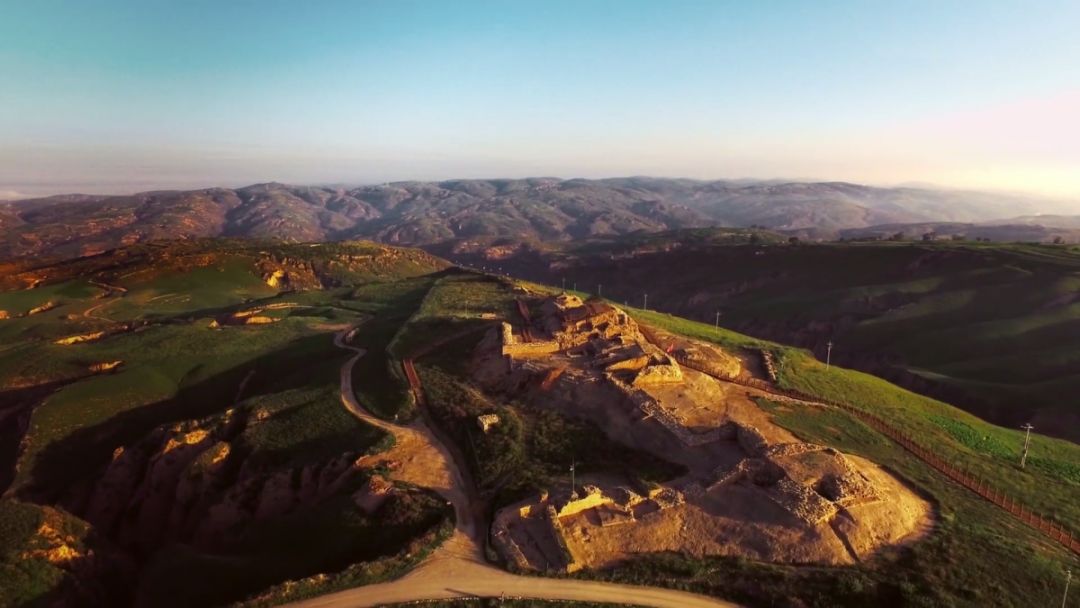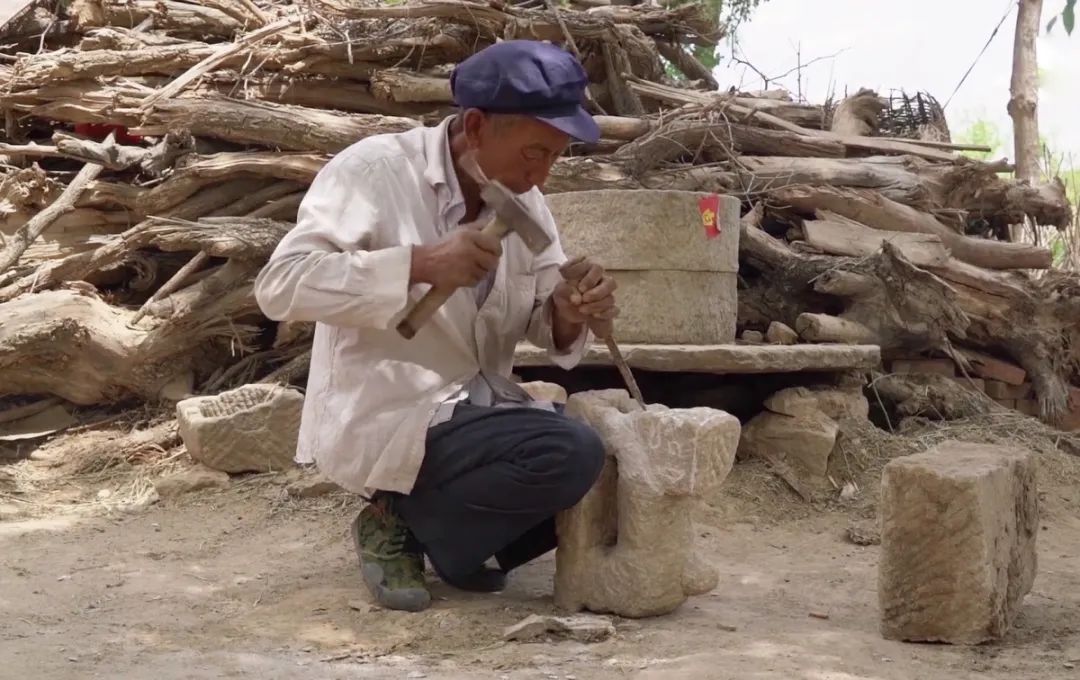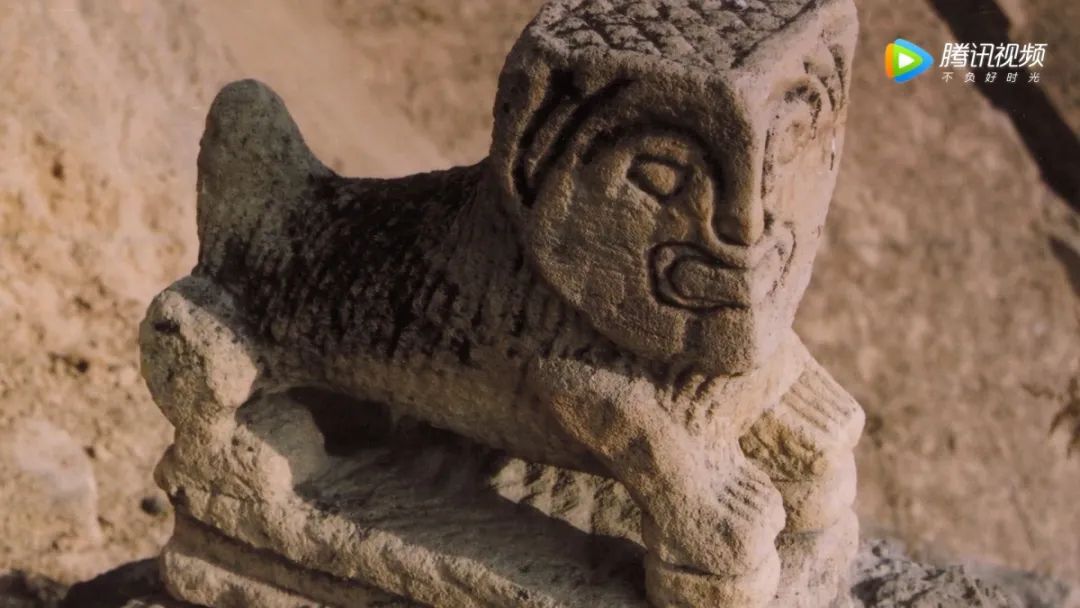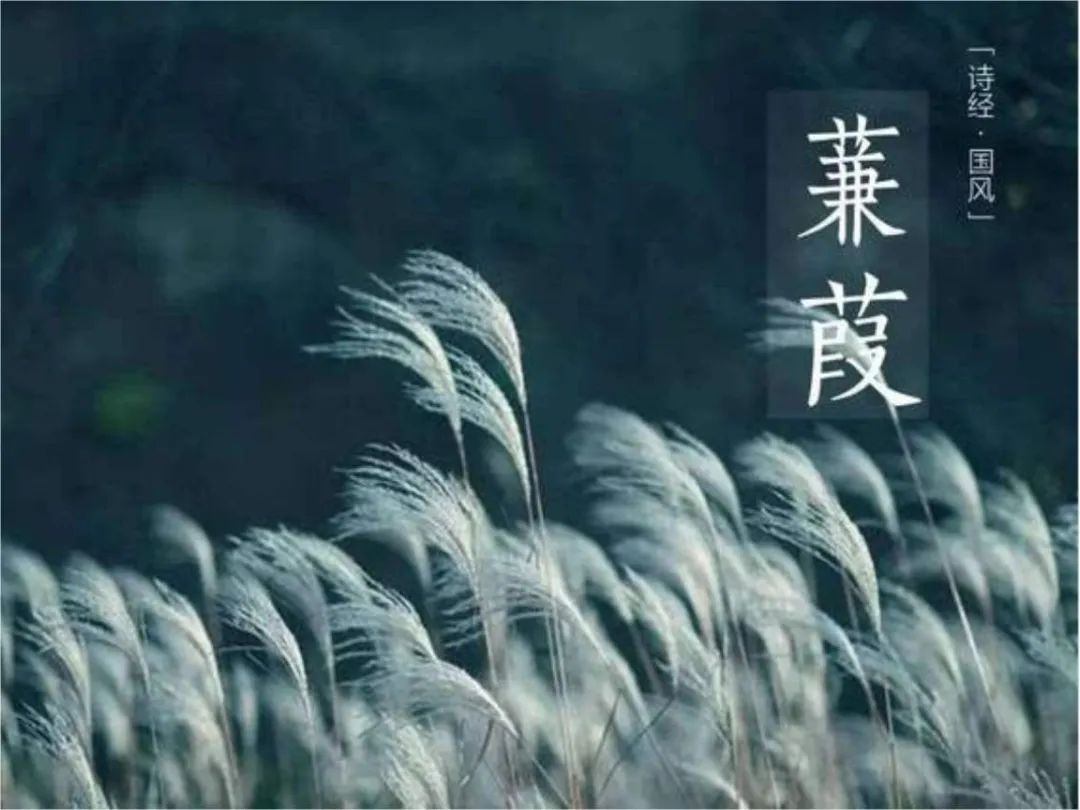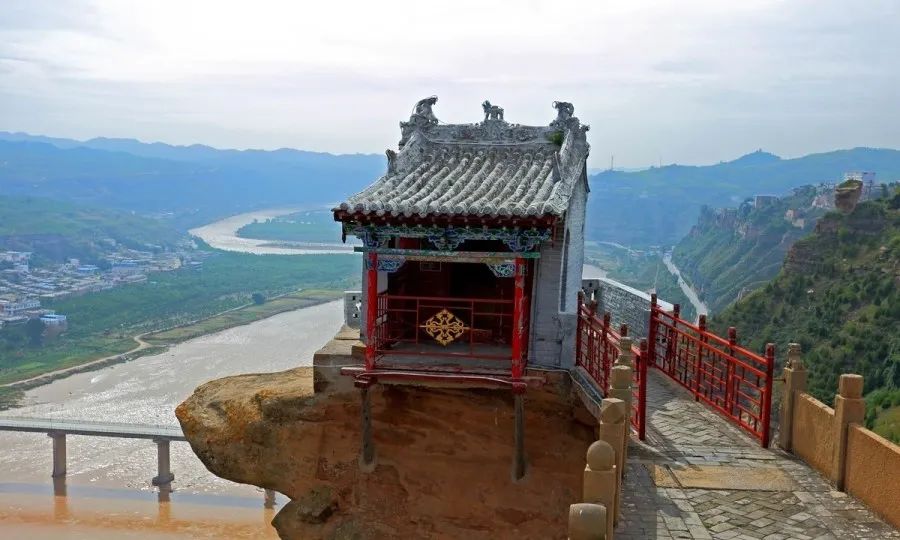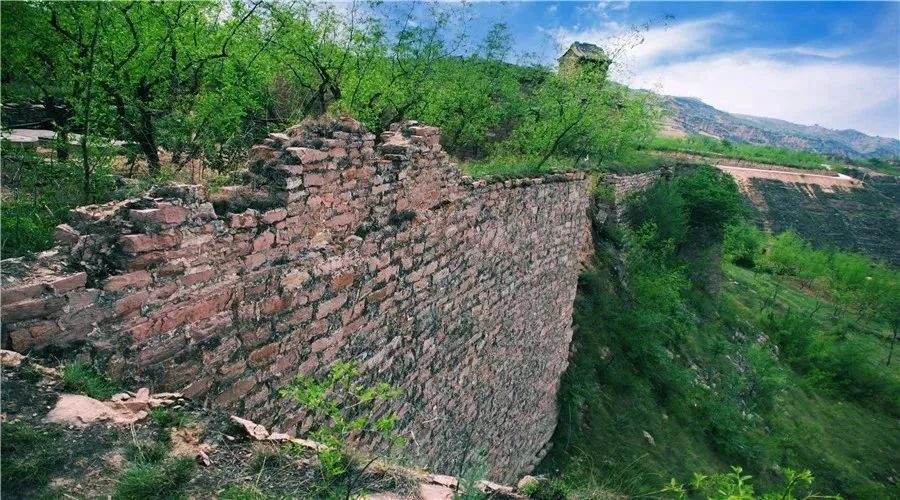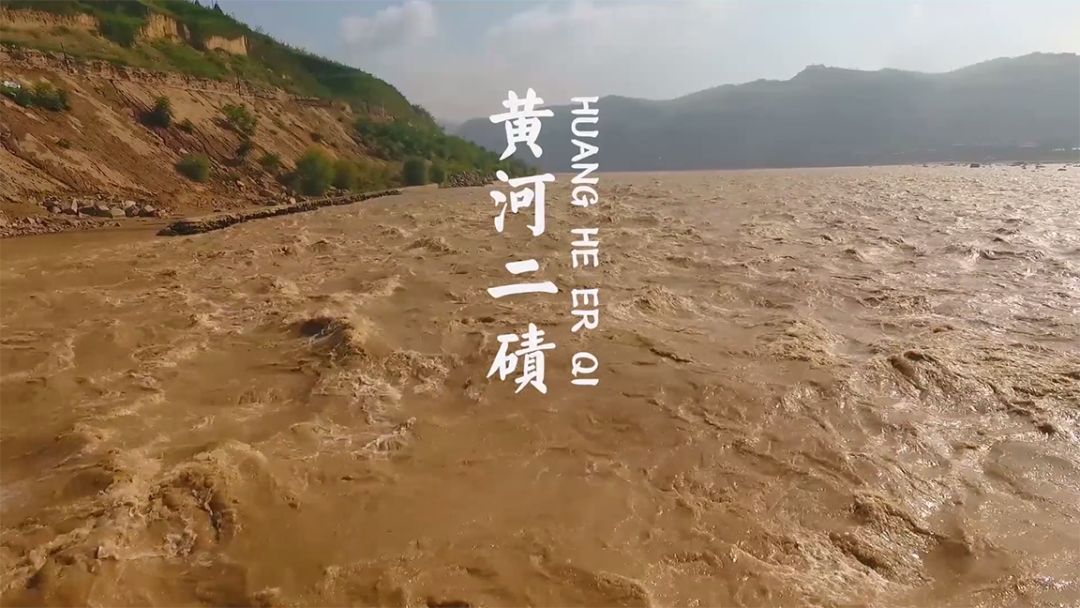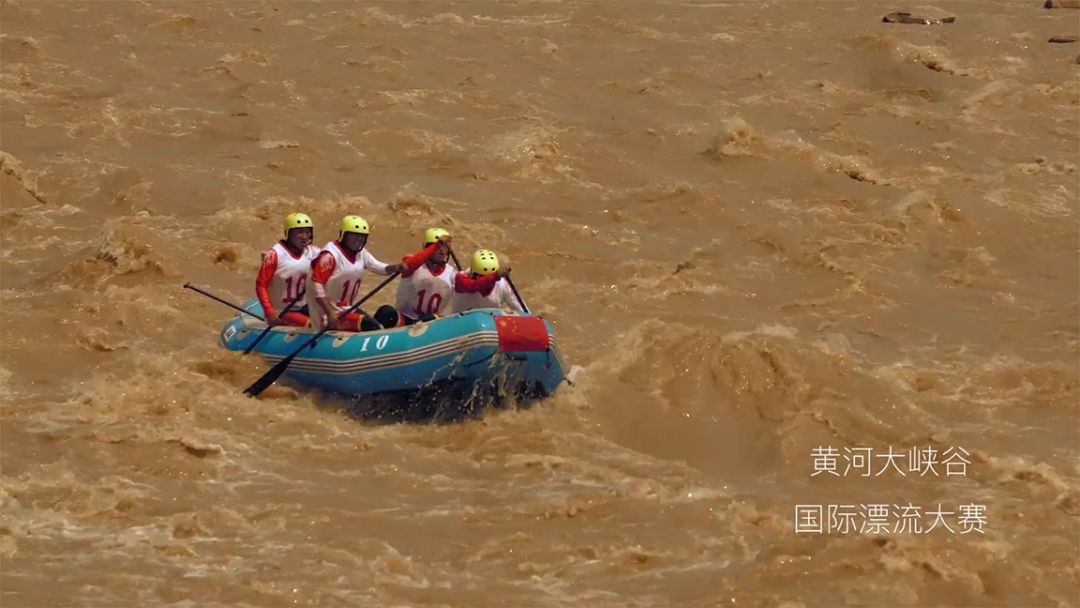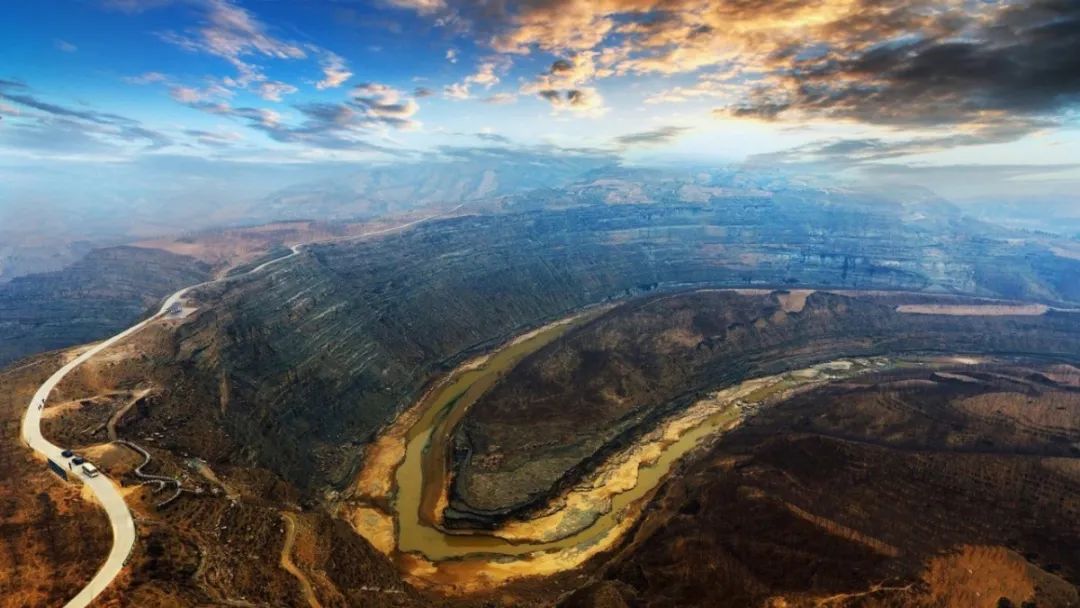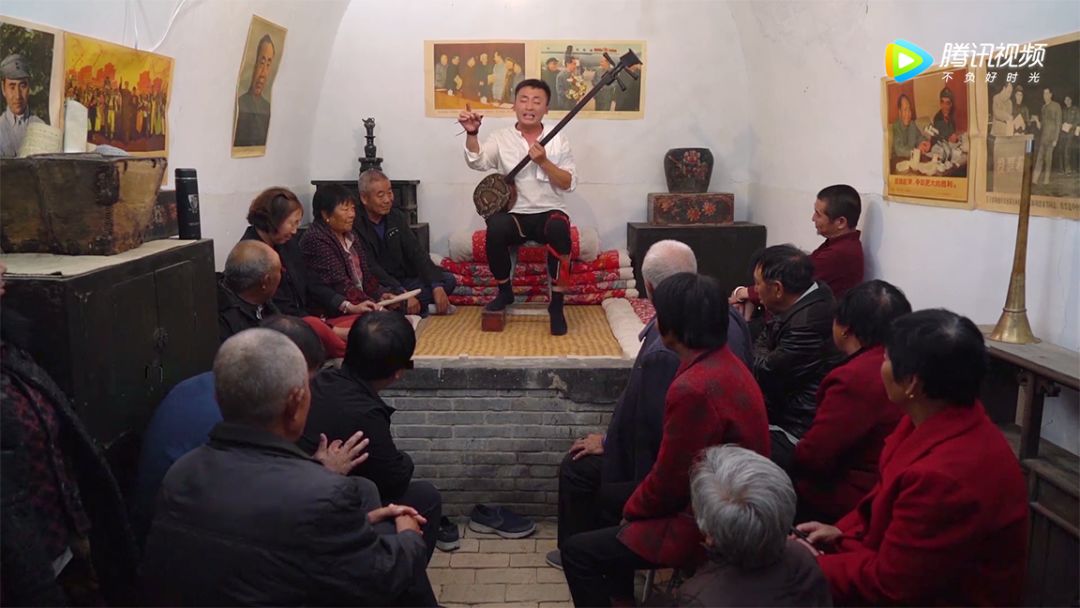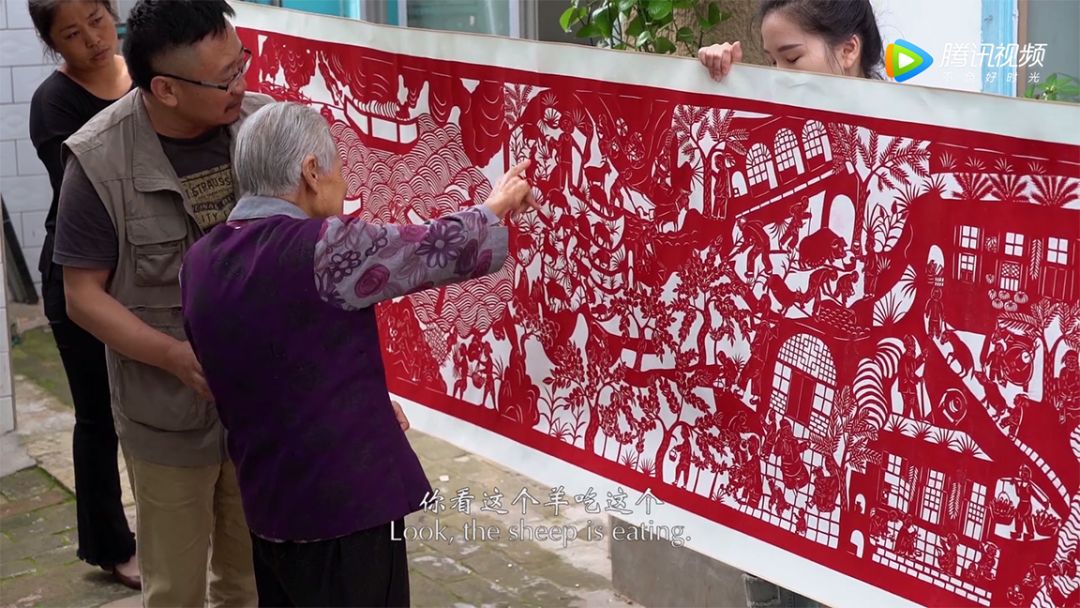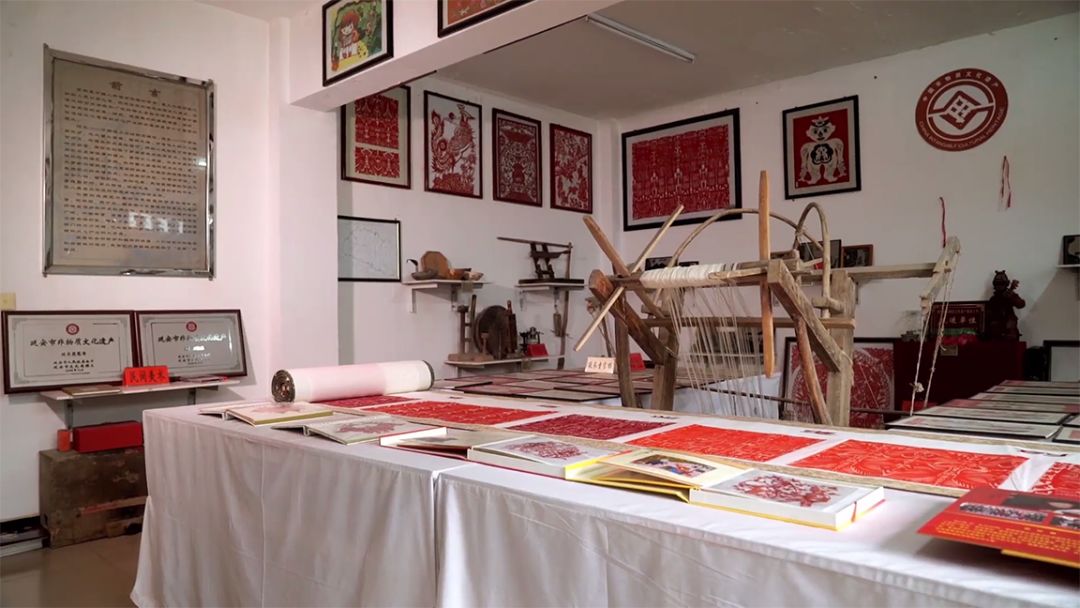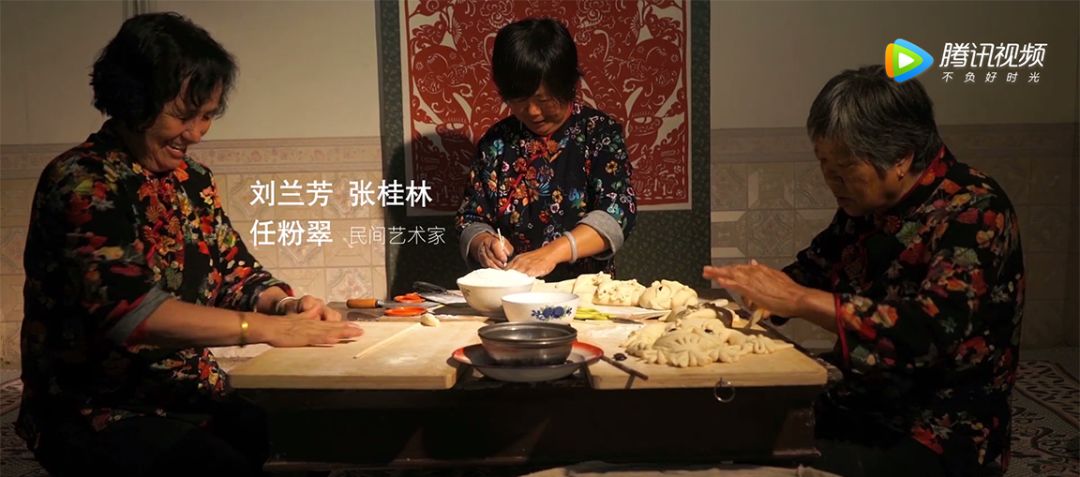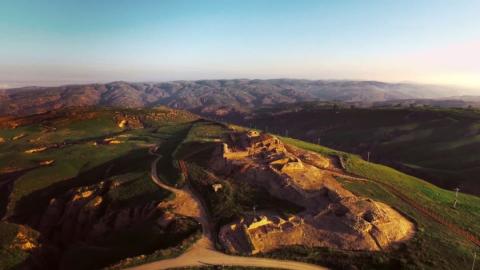
If there is a road, it can bear the title of "China's No. 1 Highway"The majestic nature on the left hand, the magical culture on the right handConnecting the long history and culture of ShaanxiDuring this journey of more than 800 kilometersIt will connect more than 50 scenic spots and historic sites in the four cities of Weinan, Hancheng, Yan'an and Yulin.A journey through five thousand years of splendid cultureThe Shaanxi section of the Yellow River is the most typical area in the middle reaches of the Yellow River. The natural scenery can change from the "roariest" to the "super peaceful", and the cultural atmosphere changes from the sassy Mongolian Plateau to the gentleness of the Yellow River heading east. Come, follow in the footsteps of Aha Lushu and explore Shaanxi Yanhuang - China's No. 1 Highway!The 4,000-year-old Shimao ruins may be the capital of the Yellow EmperorThis is the largest Neolithic city discovered so far. The Liangzhu site, which was very popular last year, cannot compare with it.——It is the Shimao site of Shenmu in Shaanxi. At this time, the Xia Dynasty had not yet been established. Some scholars have verified that he is probably the location of Kunlun, the capital of the Yellow Emperor's tribal alliance.When this ancient city was first discovered, it could really be described as earth-shattering. Such a huge stone defensive castle has the largest prehistoric mural to date. High-level prehistoric courtyards, more than 20 stone human faces, and crocodile bone plates that should not appear in northern Shaanxi have also been discovered.To this day, a kind of ancient stone carvings are still popular in northern Shaanxi. Whether they are stone figures or stone lions, they are very different from what we see every day. They have a bit of mystery and seem to be similar to the four thousand-year-old Shimao stone statues. A hint of resemblance.Jiaxian - "Jian Jia Cang Cang" in "The Book of Songs"Follow the Yellow River all the way south and travel through this land with a long history."The jianjia is green, and the white dew is frost. The so-called beauty is on the side of the water." Many people have never imagined that this is not a water town in the south of the Yangtze River. These poems from "The Book of Songs: Qin Feng" took place in Jiaxian County, Yulin.This place used to be called Jia County. It was not until the 1970s that the name was changed, but the county seat has always been called "Jialu Town". On the banks of the Yellow River, lush reeds grow every spring, just like the state of Qin more than two thousand years ago.The top of Xianglu Peak, located 200 meters east of the city, is the best place to overlook the scenery of Jiaxian County. It faces the Yellow River in the east and is completely empty on three sides. Only the northwest side is connected to the ancient city gate of the county through a narrow path.In front of the peak, there is a huge stone with a diameter of 5 meters and a height of more than 20 meters standing, 2 meters away from the main peak. It looks like a tall incense burner, hence the name of the temple.Although it is called "Tongwu Fort", it is a stone cityIn Wubao, the most famous one is the "Wubao Stone City" standing on the west bank of the Yellow River. This ancient city was built in the Northern Han Dynasty (951-957). The city walls were built with stones, the city gates were made of stones, and the houses were cave dwellings made of bricks and stones. Even the official residence of the county magistrate was a small courtyard with several cave dwellings.To this day, the structure of the ancient city is still intact. Strolling through this desolate stone city on the top of Wubao Mountain, overlooking the surging Yellow River below, it seems that they are responding quietly and singing stories that have been passed down for thousands of years.Wubao Datong Moraine is located in Guaishang Village, Dingjiawan Township, Wubao County. It is the second moraine of the Yellow River in the world, also known as the Second Moraine, second only to Hukou Falls. It is a turbulent rapids. The Yellow River flows from the Grand Canyon into the Datong Moraine. The river surface shrinks sharply to about 100 meters. The river water rushes into the sloping river channel with a drop of about ten meters. The current is so fast that everyone is amazed."Drifting China·Wubao Yellow River Grand Canyon International Rafting Open" is held in the Second Moraine of the Yellow River.Tai Chi fish on the Yellow RiverThe Wuding River is like a wild horse running wild, rushing left and right among the rocky mountain cliffs, all the way east, before pouring into the Yellow River, "drawing" a Tai Chi diagram like a ghost. Yuermao is the anode in this Tai Chi diagram.Looking from a distance, the jujube forest covering the back of the "fish" is strong and straight, as if it has put a heavy coat on this fat "big carp". Yuermao formed by rivers, mountains and jujube forests is a unique and beautiful scenery in Zaoxiang!Authentic traditional cultureThe areas along the Yellow River were still relatively isolated and difficult in the past few years, but they have preserved very complete ancient cultural information and folk customs. For example - Northern Shaanxi storytelling with a unique flavor.The traditional performance form of storytelling in northern Shaanxi is for artists to use northern Shaanxi accents, holding a sanxian or pipa, playing, singing, and rapping to narrate stories. The tunes of northern Shaanxi storytelling are exciting and rough, beautiful and varied, and are known as "nine tunes and ten tunes". "Eight Tune".In northern Shaanxi, you can also see the most vivid art of paper-cutting. Because of its profound historical and cultural heritage and the influence of winds from the north, south, east, and west of China, paper-cutting in northern Shaanxi is honest, timeless, simple, vivid, and colorful. It combines the rough atmosphere, freehand brushwork and boldness of northern paper-cutting in my country with the exquisite, realistic and beautiful characteristics of southern paper-cutting.There is a paper-cutting artist in Jiaxian County, Guo Peizhen, who is nearly ninety years old and one of the famous paper-cutting art masters along the Yellow River. Each of her works is a huge piece of eight to ten meters, a long scroll of life by the Yellow River.In northern Shaanxi, on the 15th day of the seventh lunar month, people in various villages have to make dough figures. Among them, the dough figures of Shenmu are particularly special.As soon as the steamed dough comes out of the pot, it's steaming hot. While it's hot, add red and green dots for decoration, and then put it on the stick cover you received to let the heat fade away...After all the noodles are kneaded and steamed, the big pot needs to be cleaned, and the remaining fire in the stove is used to dry the noodles on the kang. If the noodles are made on the kang well, they will not only be browned on the outside, but also The inside has been completely baked, and when you take a bite, it’s crispy!These infinitely warm and emotional historical cultures are the cultural blood along the Yellow Highway.The next article along the Yellow Highway will take you on this journey, starting from Qiankun Bay and passing through Hukou, Longmen... What kind of surprises will the roaring Yellow River bring us? Please wait and see!

